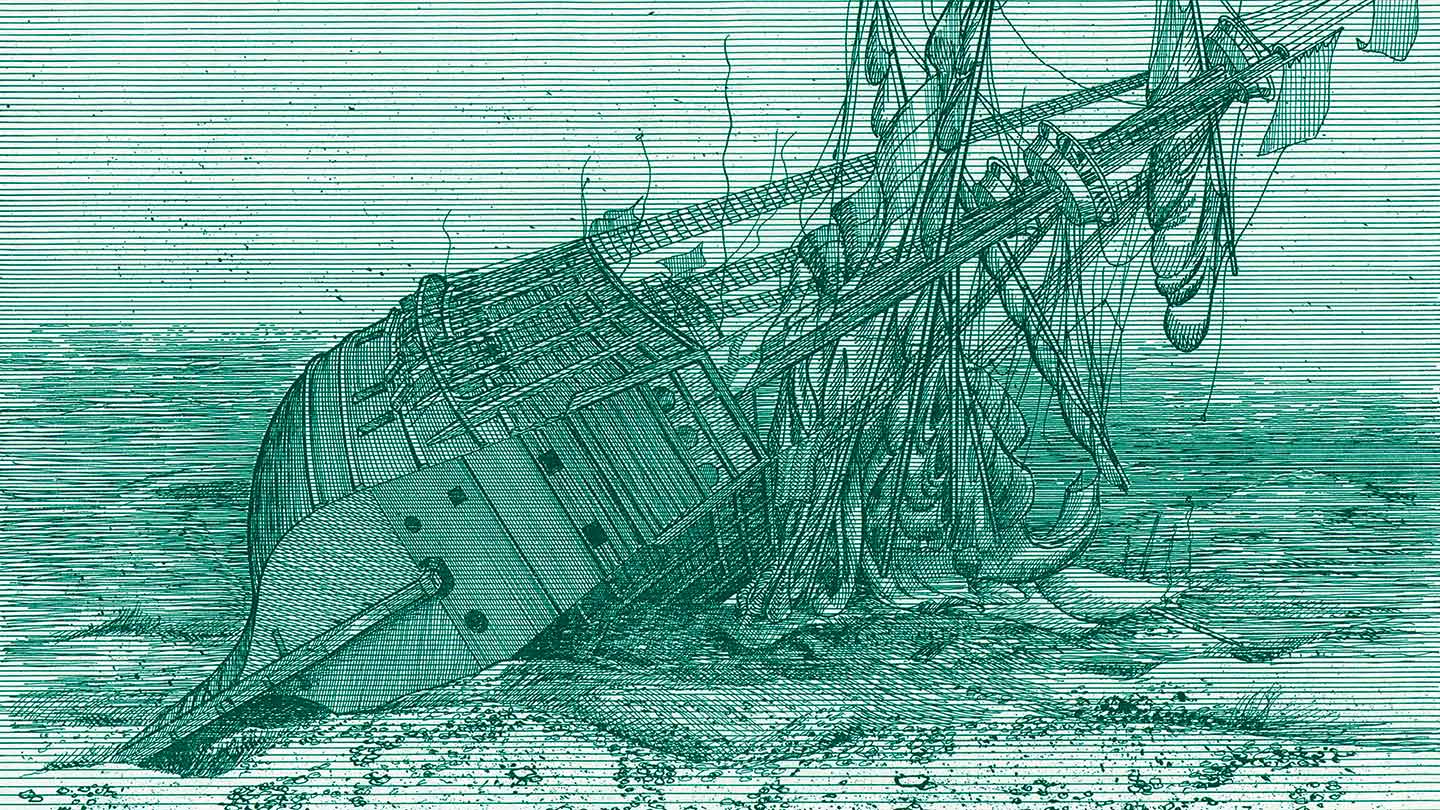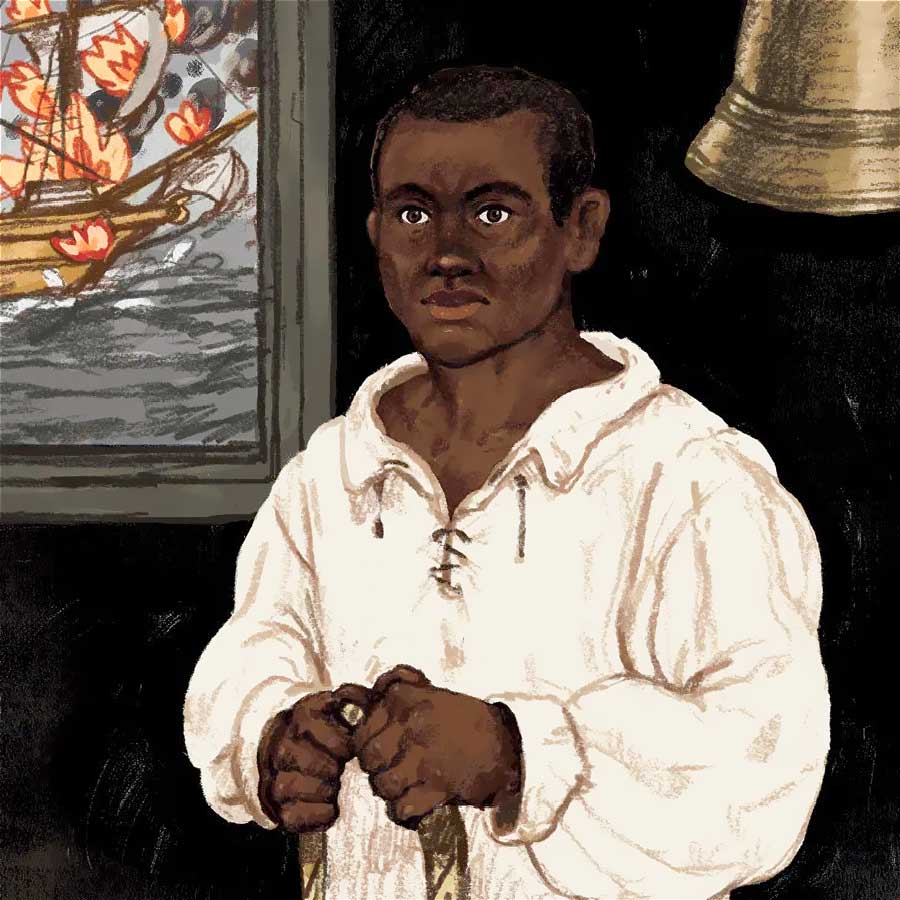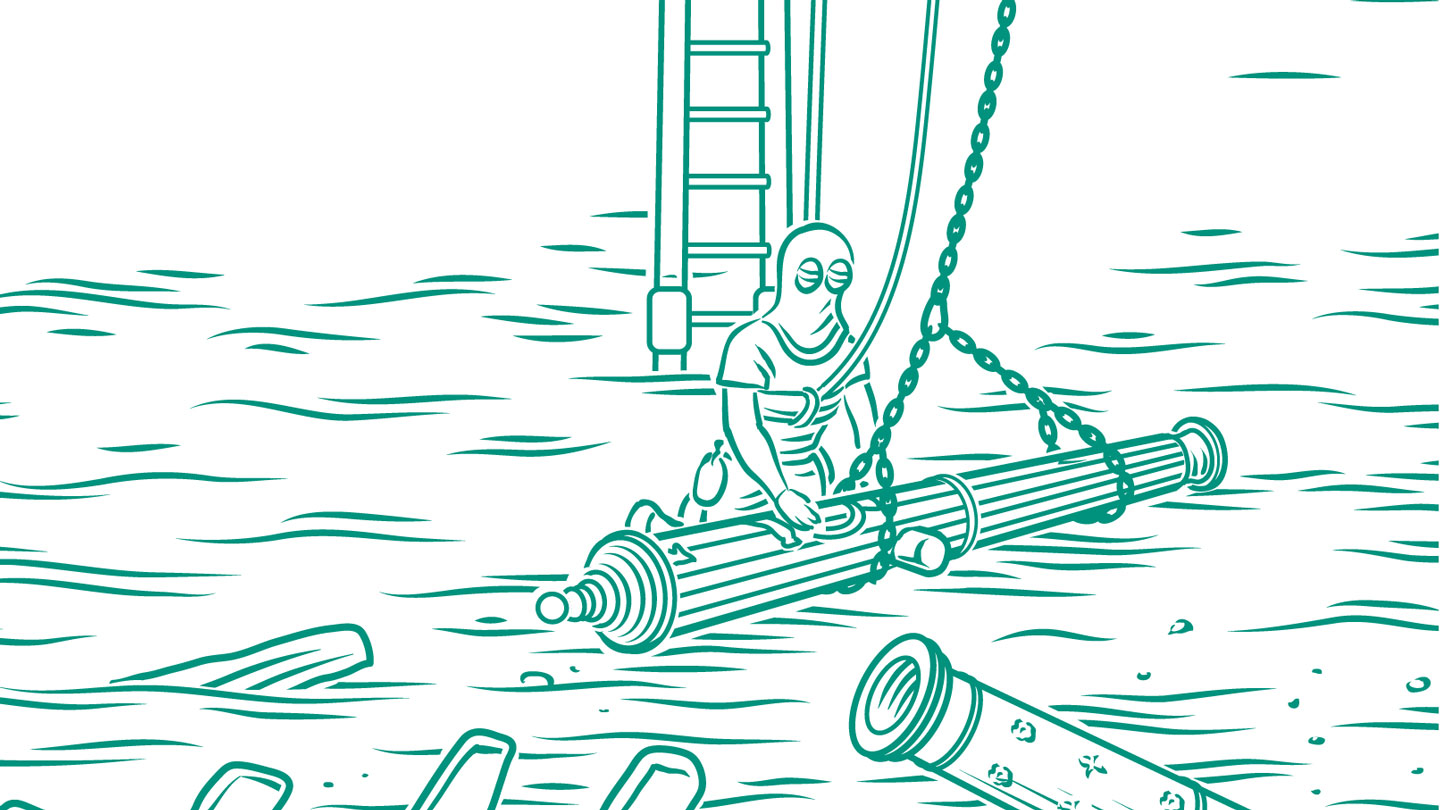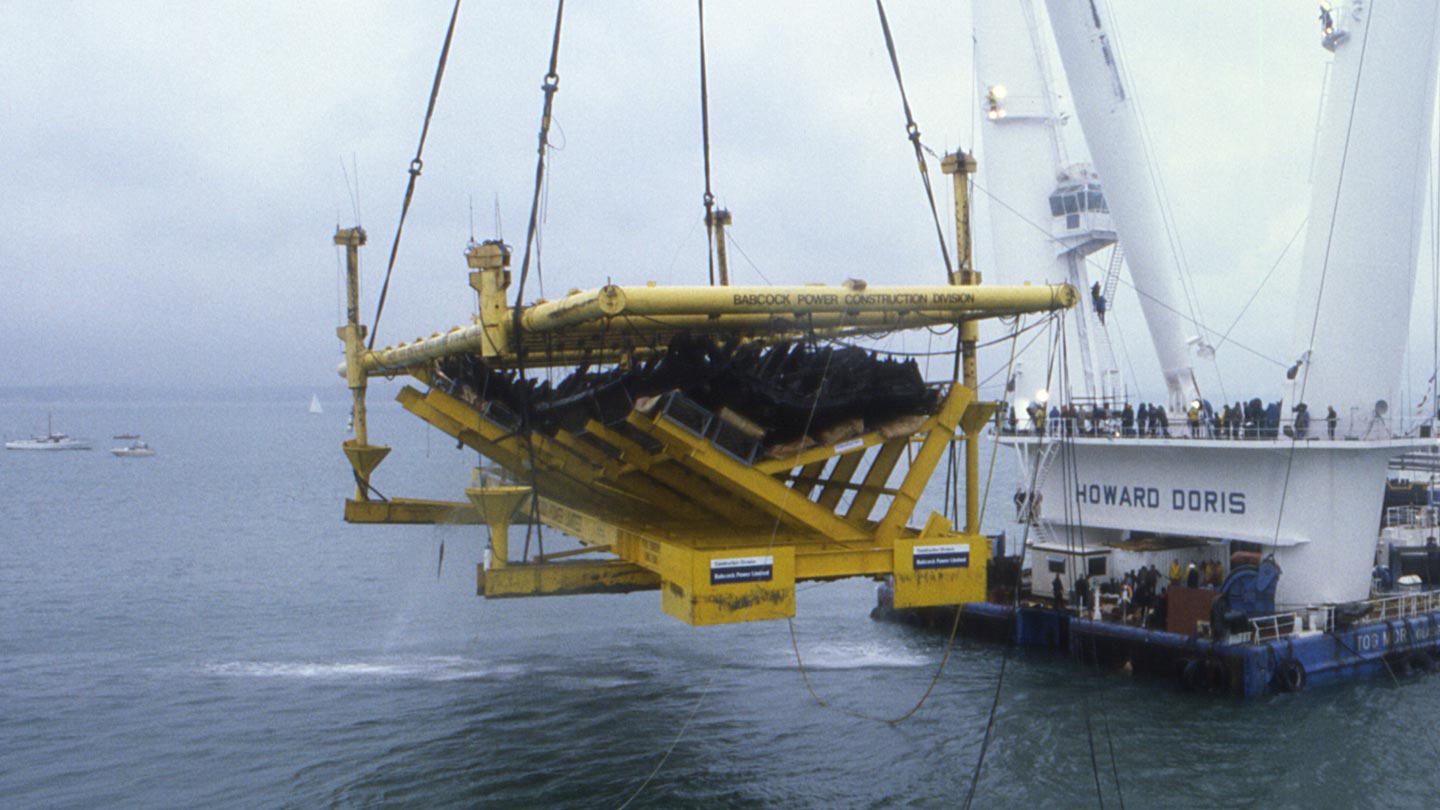…I trust by Monday or Tuesday, at the furthest, the Mary Rose shall be weighed up and saved…
Charles Brandon, Duke of Suffolk, 1st August 1545
After the Battle of the Solent had ended, the French had withdrawn, the clean-up process had begun, and work on recovering the Mary Rose started.
Even though she was quite an old ship, having been built 34 years earlier in 1510, the ship was still a valuable asset and property of the king. Henry VIII was eager to have his favourite ship re-floated and back in service as soon as possible.
Venetian divers
The Lord Admiral, John Dudley, who had commanded the English fleet at the battle and had witnessed the loss of the Mary Rose, entrusted her recovery to Southampton-based Venetian salvage operators Petre de Andreas and Symone de Maryne. They planned to use a traditional method for recovering ships; running cables under the ship’s hull, which would be pulled taut by two larger vessels (in this case, the 700-ton carracks, the Sampson and the Jesus of Lübeck), bringing the Mary Rose towards the surface so she could be moved to shallower water, where she could be emptied of her contents then pumped out, allowing her to float once more. This method was, and still is, commonly used in underwater salvage; the Swedish Vasa was raised using this technique, and more recently the cruise ship Costa Concordia was refloated in a similar manner.
The original plan had to been to raise the Mary Rose on 3rd August 1545, 15 days after her loss. This should have been a simple operation; she had sunk in reasonably shallow water, with her masts protruding above sea level. Venetians were considered to be experts in the field of wreck salvage, so the Admiralty obviously had high hopes.
On 5th August, it was reported that the sails and yard arms had been brought ashore, and her masts had been secured by cables. By then, a salvage team including 30 Venetian mariners, 1 Venetian carpenter and 60 English mariners were equipped and ready to pull the Mary Rose upright and drag her into shallow water.
Two days later, the Duke of Suffolk, Charles Brandon, informed the Secretary of State, William Paget, that the Mary Rose would be raised “…this afternoon or tomorrow”.
By 9th August, all that had been achieved was the snapping of the Mary Rose’s masts, delaying the raising operation further. After six more days of effort, they had still failed to move her. On 8th December, they were paid 40 marks (about £27), and were told that their services would no longer be required.
This wasn’t the end of the story, though, as although the Mary Rose had been given up, there was still her contents that needed recovering. There were nearly £2,000,000 worth of guns on board (in modern money), and when the country was short of money thanks to the king’s excessive spending, that was a lot of cash to leave rusting on the sea bed.





